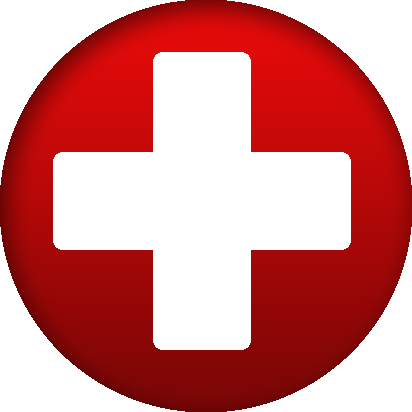Title: Understanding Upper Back Pain: Causes, Symptoms, and Relief Strategies
Introduction
Upper back pain, though less common than lower back pain, can be equally debilitating and affect individuals of all ages. The upper back, also known as the thoracic spine, is an area prone to tension, muscle strains, and other conditions that can lead to discomfort and restricted mobility. In this article, we will explore the causes, symptoms, and effective strategies for managing and relieving upper back pain.
Causes of Upper Back Pain
Poor Posture:
Prolonged periods of slouching or sitting with hunched shoulders can strain the muscles and ligaments in the upper back, leading to pain and stiffness.
Muscle Strain:
Overuse, sudden movements, or poor lifting techniques can result in muscle strains in the upper back, causing localized pain and restricted movement.
Injury or Trauma:
Accidents falls, or sports-related injuries can lead to fractures, sprains, or other traumatic injuries in the upper back, resulting in acute or chronic pain.
Degenerative Conditions:
Conditions like osteoarthritis, herniated discs, or spinal stenosis can affect the upper back and cause pain, stiffness, and limited range of motion.
Poor Ergonomics:
Incorrect workstation setups, such as improper chair height or a poorly positioned computer screen, can contribute to upper back pain, particularly in individuals with desk jobs.
Symptoms of Upper Back Pain
The symptoms of upper back pain may vary depending on the underlying cause but commonly include:
Dull, aching, or sharp pain in the upper back region.
Muscle stiffness, tightness, or a feeling of knots in the upper back.
Limited range of motion and difficulty with activities requiring upper body movement.
Pain that worsens with certain movements, such as bending or twisting.
Headaches, especially originating from muscle tension in the upper back and neck.
Relief and Management Strategies
Improve Posture: Maintaining good posture throughout the day helps alleviate strain on the upper back. Sit and stand with a straight spine, and use ergonomic chairs and supportive cushions when needed.
Exercise and Stretching:
Regular exercises that focus on strengthening the upper back and improving flexibility can help alleviate pain and prevent future episodes. Consult a healthcare professional or physical therapist for appropriate exercises and stretches.
Heat and Cold Therapy:
Applying a heating pad or warm compress to the affected area can help relax muscles and reduce pain. Ice packs or cold therapy can be beneficial for acute injuries or to reduce inflammation.
Pain Medication:
Over-the-counter nonsteroidal anti-inflammatory drugs (NSAIDs) can help reduce pain and inflammation. However, it is important to follow recommended dosages and consult a healthcare professional if pain persists or worsens.
Physical Therapy:
If the pain is persistent or severe, a physical therapist can design a customized treatment plan to address the underlying causes of upper back pain and promote healing.
Stress Management:
Stress and tension can contribute to upper back pain. Practicing relaxation techniques, such as deep breathing, meditation, or yoga, can help alleviate stress and reduce muscle tension.
Ergonomic Adjustments:
Ensure your workstation is properly set up to support good posture and reduce strain on the upper back. Adjust chair height, desk height, and monitor position to promote a neutral spine alignment.
When to Seek Medical Attention
While most cases of upper back pain resolve with self-care and lifestyle modifications, it is important to seek medical attention if: The pain is severe, persistent, or worsening over time.
It is accompanied by other symptoms like numbness, weakness, or loss of bladder or bowel control.
The pain is a result of an injury or accident.
The pain is interfering with daily activities and quality of life.
Conclusion
Upper back pain can be caused by various factors, including poor posture, muscle strain, injuries, or underlying degenerative conditions. Understanding the causes, recognizing the symptoms, and implementing appropriate relief strategies are essential for managing upper back pain effectively. By adopting healthy habits, practicing good posture, engaging in regular exercise, and seeking appropriate medical attention when necessary, individuals can find relief and regain their mobility and comfort in the upper back region.




0 Comments